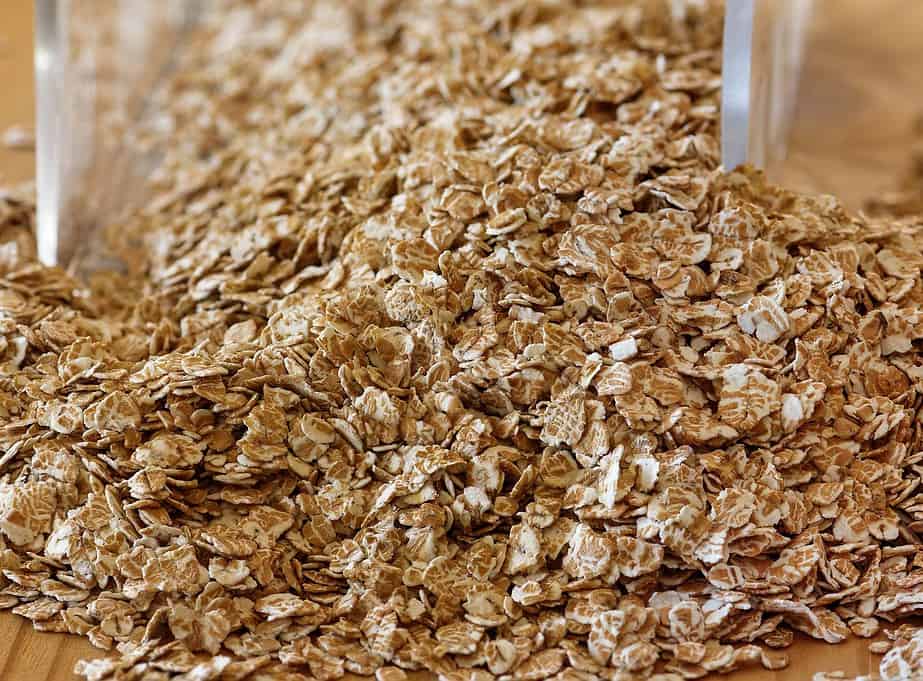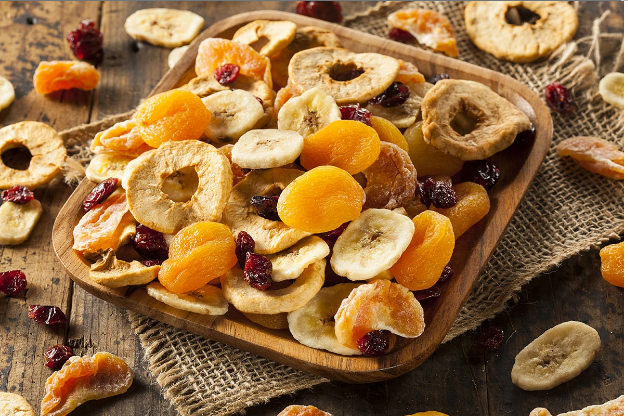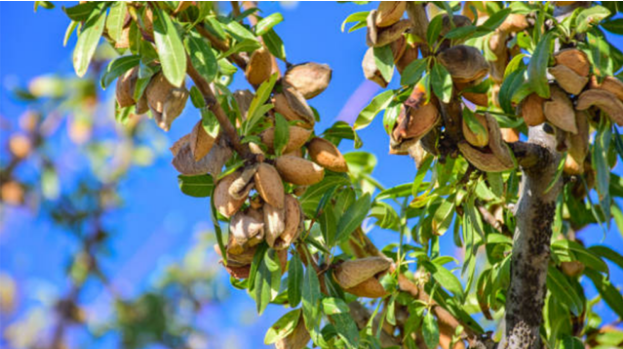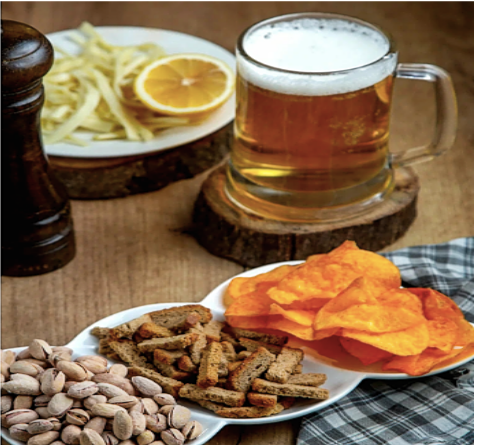Your cart is currently empty!
Which Foods Are High In Magnesium
Magnesium is an essential mineral that plays an important role in many bodily functions, including food metabolism and energy production. Magnesium is found in various foods, including both plant-based and animal-based sources, and is essential for optimal health. This article will look at what magnesium does for the body, the basics of a magnesium-rich diet, magnesium-rich foods for vegetarians, how much magnesium you need, magnesium-rich foods for kids, and some magnesium-rich superfoods for optimal health.
Benefits of Magnesium-Rich Foods
Magnesium is an important mineral for overall health and well-being. It helps to regulate blood pressure, strengthen bones, and promote healthy cell function. It also helps to reduce inflammation, which can help protect against chronic diseases such as heart disease and diabetes. Magnesium plays a role in the production of energy in the body and helps to support the nervous system. It is also important for muscle contraction, blood clotting, and regulating blood sugar levels.

In addition to its many health benefits, magnesium-rich foods can also help to improve sleep quality. Magnesium helps relax the body and mind, leading to better sleep. It can also help reduce stress and anxiety, further improving sleep quality. Eating magnesium-rich foods can also help reduce muscle cramps and spasms, benefiting athletes and those who exercise regularly.
What Magnesium Does for the Body
Magnesium is involved in a variety of bodily functions, including:
- Regulating hormones
- Maintaining proper nerve function
- Regulating blood pressure
- Helping to produce energy
- Activating enzymes
- Building strong bones and teeth
- Assisting in muscle contraction
- Supporting the immune system
Magnesium is also important for proper brain function, as it helps to regulate neurotransmitters and can help to reduce stress and anxiety. Additionally, magnesium can help to reduce inflammation in the body, which can help to reduce the risk of chronic diseases.
Magnesium-Rich Diet Basics
The recommended daily allowance (RDA) for magnesium is around 400 mg daily for adults. However, if you are pregnant or breastfeeding, it is important to get more as this could help to reduce the risk of preterm birth and low birth weight. Eating a variety of magnesium-rich foods is the best way to ensure you get enough. Aim to include at least one magnesium-rich food in each meal.

Good sources of magnesium include dark leafy greens, nuts, seeds, legumes, and whole grains. Additionally, some fortified foods, such as breakfast cereals, may also contain magnesium. It is important to note that some medications, such as diuretics and antibiotics, can reduce magnesium levels in the body, so it is important to speak to your doctor if you are concerned about your magnesium intake.
Magnesium-Rich Foods for Vegetarians
Vegetarians can get their daily magnesium dose from various plant-based sources. Nuts, seeds, legumes, and whole grains are all good sources of magnesium. This mineral is also high in leafy green vegetables like spinach, kale, and Swiss chard. Other sources include bananas, avocados, soy milk, quinoa, brown rice, and oatmeal.
In addition to these foods, some fortified cereals and bread are also high in magnesium. Many breakfast bowls of cereal are fortified with magnesium, some bread, and other grain products. It is important to read the nutrition labels on these products to ensure that they are a good source of magnesium. Dried mango is also shown to be high in magneisum for fruit.
How Much Magnesium Do You Need?
The amount of magnesium you need depends on your age, sex, and overall health. For adults, the RDA is 400 mg per day. However, pregnant or breastfeeding women may need more. Your doctor can help you determine the right amount for your individual needs.
In addition to dietary sources, magnesium supplements are available to help meet your daily needs. Talking to your doctor before taking any supplements is important, as too much magnesium can cause side effects. Magnesium is also available in topical forms, such as lotions and creams, which can be used to treat skin conditions.
Magnesium-Rich Foods for Kids

Kids generally need less magnesium than adults, but it is still important to ensure they are getting enough. Kids can get their daily dose from magnesium-rich foods such as almonds, cashews, peanut butter, yogurt, oatmeal, and quinoa. Leafy green vegetables like spinach and kale are also good sources of magnesium for kids.
In addition to these foods, other sources of magnesium for kids include legumes, bananas, and dark chocolate. It is important to note that some foods, such as processed cereals, may be fortified with magnesium, so it is important to read the nutrition labels to ensure your child is getting enough.
Magnesium-Rich Superfoods for Optimal Health
In addition to these basic magnesium-rich foods, some superfoods can help boost your daily intake to ensure optimal health. Chia seeds, spirulina, wheatgrass, and cacao are all excellent sources of magnesium. These superfoods are also packed with other nutrients that can help to support overall health. An example of a nut that would be rich in magnesium is pistachios. Pistachios have several medical uses due to this nutrient and many others.
Including these superfoods in your diet can help ensure you get the recommended daily amount of magnesium. Additionally, they can provide various other health benefits, such as improved digestion, increased energy, and improved mental clarity. Incorporating these superfoods into your diet can help you to achieve optimal health and wellness.







